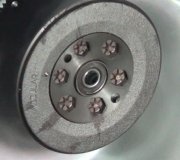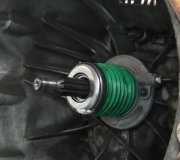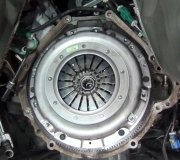Saturday, October 14th, 2017 AT 8:47 PM
I just got done putting a new clutch, pressure plate, tob, master and slave cylinder, and rear main seal in my vehicle. Everything seems to be working great. I would just like some advice as to what I should look out for during the break in period. Early warning signs, that sort of thing. This is the first 4x4 I have ever owned or worked on. The the clutch replacement really tested me. I do not want to overlook something that could be prevented had I known. Any advice would be greatly appreciated.



